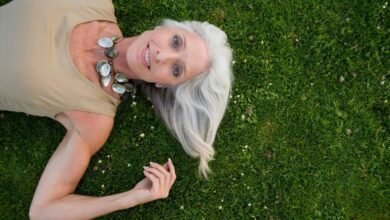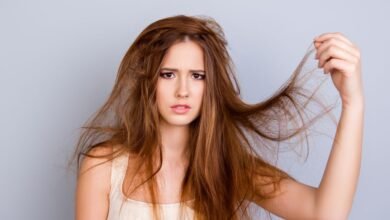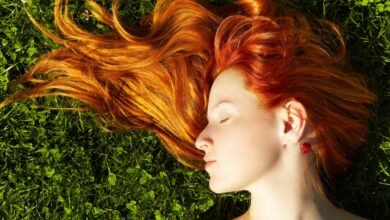A DIY dry oat shampoo treatment to restore

Restore volume to your mane with this natural recipe proposed by Aroma-Zone in the new book “Natural hair, 100 care and color recipes” (Hachette editions).
Thin, soft, your hair gives you a hard time. To reconcile them with volume, a few nudges exist such as a good hair massage (anti-stress in addition), appropriate food supplements (sulfur amino acid), or a more degraded adapted cut. On the care side, review your shampoos to avoid 2 in 1 that weigh down the hair. In contrast dry shampoo can be a trick between two shampoos to give loft to your sleepy hair. And if it is natural and done yourself, it is even better!
This DIY care offered by Aroma-Zone has more than one advantage: it allows you to space your shampoos while redensifying the hair thanks to oats, a fortifying, nourishing and volumizing active ingredient. It absorbs excess sebum and cleanses your hair without wetting them, respecting the scalp with its natural ingredients.
The recipe for dry oatmeal shampoo
Equipment
40 mL powder compact
A mortar and pestle
A precision balance (or measuring glass of 25 ml + measuring spoon of 2 ml)
Ingredients
15 g of cornstarch powder (or 1 measuring cup of 25 ml)
5 g of powdered oats (or 5 measuring spoons of 2 ml)
0.03 g of bitter almond essential oil (or 1 drop)
Preparation in 20 minutes
-Put the corn and oat starch powders in a mortar, then add the essential oil
bitter almond.
– Grind the whole with a pestle until homogenized.
-Transfer the powder into a compact.
Application
Sprinkle some powder on the scalp, then massage gently with your fingertips.
Leave on for 5 to 10 minutes, then remove the excess with a hairbrush if necessary.
This treatment can be kept for 6 months.
Recipe extracted from the book “Natural hair, 100 care and coloring recipes” by Aroma-Zone, Hachette editions.




